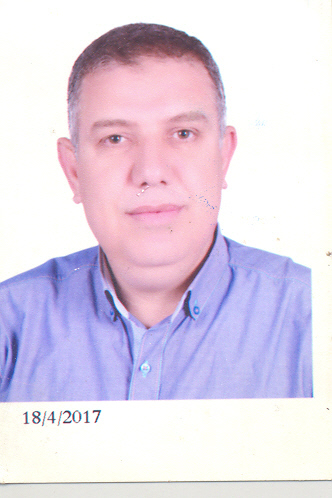Objective: Glucose metabolism has a significant impact on inner ear physiology, and both hypoglycemia and hyperglycemia
may affect its normal function. Patients with glucose metabolism alteration, as it happens in diabetes, may present with auditory
or vestibular symptoms, or both. Recent clinical studies have demonstrated that the Head Shake Sensory Organization Test
(HS-SOT) of Computerized Dynamic Posturography (CDP) can be considered a good enhancement and supplement to the
standard SOT test in detection of subclinical vestibular lesions or identifying compensated cases. The aim of this research is
to study the value of HS-SOT in detection of sub clinical or compensated vestibular deficits in patients with type 2 diabetes
mellitus.
Materials and Methods: Thirty patients with type 2 Diabetes Mellitus aged 40- 50 years constituted the study group. They were
age and sex matched to 20 normal subjects. The following procedures were carried out: a medical history, otological
examinations, detailed vertigo history, pure tone audiometry, acoustic impedance tests, videonystagmography, standard and
head shake SOT Posturography.
Results: no subjective dizziness and no abnormalities regarding videonystagmography and standard SOT were noted in all
tested patient apart from 3 patients (10%) of the cases, showed abnormalities in standard SOT. However, significant changes
occurred after doing head shake SOT where 28 patients (93.3%) showed abnormal condition 5 in the three axes of HS-SOT
under this study.
Conclusions: HS-SOT is more sensitive than standard SOT Posturography and VNG in detecting subclinical vestibular lesions
in patients with type 2 diabetes mellitus.
Submitted : 08 October 2009 Revised : 03 April 2010 Accepted : 06 April 2010

